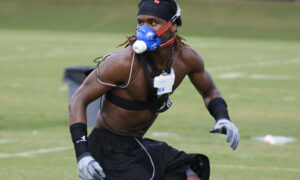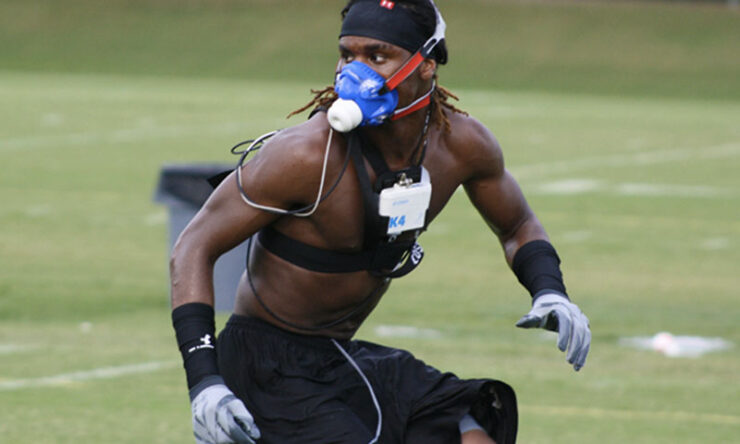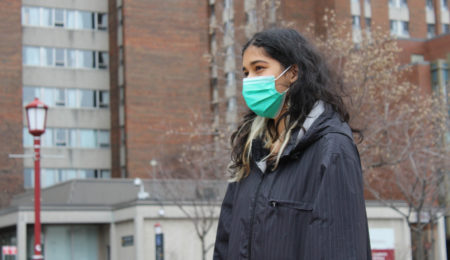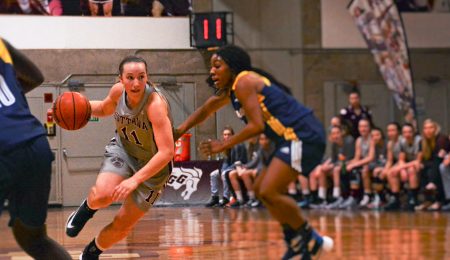
U of O professor hopes to prevent heat-related deaths in the NFL
IMAGINE YOU ARE outside in sweltering 30 degree weather, the humidity index making it feel like 45. Now imagine you are wearing pads and protective gear, running drills in an open football field.
Heat stroke and general heat illness are common among professional athletes and can cause deaths that, in light of modern science, are potentially preventable. Ollie Jay, associate professor of exercise and environmental physiology University of Ottawa, is one of many people studying the human physiological response to heat in order to prevent such tragedies.
“The main cohort of players I work with are elite American football players. [I received a] grant from the National Football League (NFL) from the U.S., [and] with colleagues of mine at the University of South Florida and the University of Connecticut to look into which individuals are more susceptible to heat stroke in any given environment—depending on how big they are, how much fat they have, and what they are doing,” he explained.
Jay is the director of the Thermal Ergonomics Laboratory based out of the U of O. In his lab, he analyzes aerobic fitness and how it influences an athlete’s core heat. Using professional American athletes as his participants, Jay studies how body mass and movement affect body temperature.
“[In] one study that we published recently, we compared linemen, these massive guys—I mean they are breathtakingly huge—and we compared them to backs—running backs, wide receivers—[who] are a lot smaller. We found that the big guys still got hotter. The reason is, because their surface area is so large, that we think their sweat glands were actually stretched apart from each other,” he explained.
The research proceeds onto the field where players are asked to wear a mobile metabolic unit and participate in drills related to their position. Using technology such as telemetric pills to measure the core temperature of a subject and masks worn over the mouth that detect metabolic rate and energy produced by the drills, Jay was able to conclude that movement influences heat.
“The amount that these people move around is different,” he explained. “The linemen produce a lot of heat, but they are static. The amount of air flow that [they] generate by moving is less, whereas a receiver is running routes and creating air flow, which could potentially aid in their cooling.”
Jay and his colleagues from the University of South Florida and Connecticut are applying for an additional NFL grant on Sept. 15 in hopes of being able to study the concept of acclimatization. The research would involve a five- to seven-day period before the NFL training camp in which athletes would stay in a humid room and see if the exposure to heat affects their core temperature when they go out onto the field. Jay is also going to continue analyzing the idea that sweat gland density is associated with sweat evaporation.
“We are going to keep going. We always have ideas and they keep coming and keep coming.”
—Katherine DeClerq





